
Welcome to the
Tesla Memorial
Society of New York Website
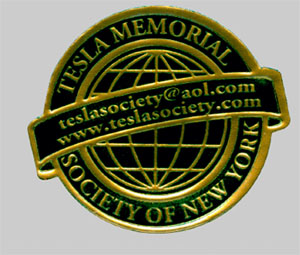
Tesla Bust erected at the Cathedral of the Resurrection of Christ in Podgorica, Montenegro
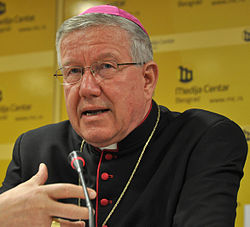
Above: The Tesla Memorial Society of New York and Tesla admirers around the world would like to thank Mons. Stanislav Hocevar, Belgrade Archbishop,
for his gift of the Tesla Bust erected at the Cathedral of the Resurrection of Christ in Podgorica, Montenegro, March 2016.
Above: Translation:
"All Christians are from the same place. In the name of love for our brothers in Christ, I'm giving this cross, the symbol of our religion, with the image of the ingenious Nikola Tesla to the Cathedral of the Resurrection of Christ, in Podgorica, and to the god loving people who worship in this holy place.
Mons. Stanislav Hocevar,
Belgrade Archbishop and Metropolitan March 2016".
Above: The Cathedral of the Resurrection of Christ in Podgorica, Montenegro erected a bust of Nikola Tesla.
Above: Dr. Ljubomir Vujovic, President, Tesla Memorial Society of New York. In the background is the beautiful interior of the Cathedral of the Resurrection of Christ in Podgorica.
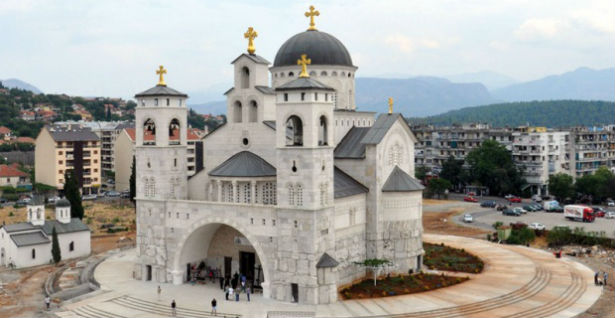
Above: Hram Hristovog Vaskrsenja - Cathedral of the Resurrection of Christ in Podgorica, Montenegro. Image from Pressonline.rs.
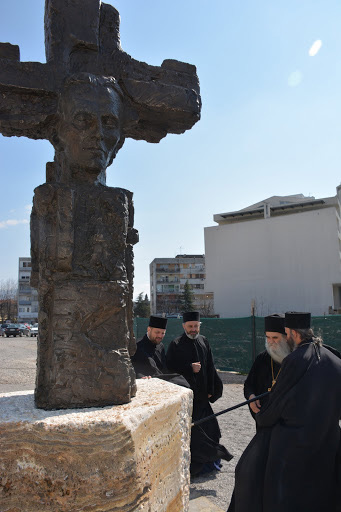
Above: The Cathedral of the Resurrection of Christ in Podgorica, Montenegro erected a bust of Nikola Tesla.
Tesla Bust Ceremony at the Cathedral of the Resurrection of Christ in Podgorica, Montenegro, March 2016
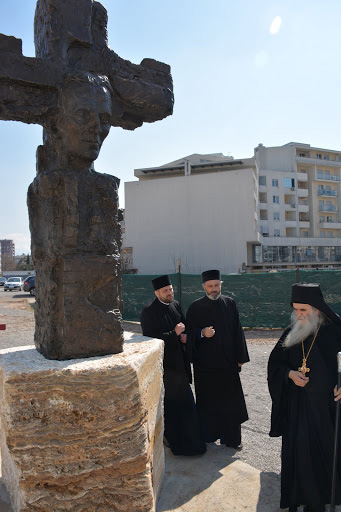
The history of Montenegro and Serbia was an inspiration to Nikola Tesla
Montenegro
is a mountainous Balkan country of rough beauty, located on the Adriatic
coast, across from Italy. Montenegrins
are Serbian people. The
history of Montenegro, is the history of the wars and battles, fought
against foreign domination. Montenegro
is the only Balkan country that stood free and independent throughout
centuries, resisting constant foreign
Outstanding
leaders of Crnojevic and Petrovic dynasties govern Montenegro throughout
centuries. Montenegro
formed part of the medieval Serbian Kingdom. After 1355 the Kingdom began to collapse, and Montenegro became a
independent state. Crnojevic
dynasty ruled Montenegro until 1516. Eastern Orthodox Bishops of Petrovic dynasty ruled until 1851. That year, Montenegrins Ruler Danilo I took the title of prince. Montenegro became a kingdom in 1910. Through marriages of his daughters with European dynasties King
Nikola of Montenegro was called, "The Father in law of
Europe." Elena, Queen of Italy, was King Nikola's daughter.
The
culture history of Montenegro was influenced by Venezia, its Italian
neighbor across the Adriatic sea. The
first printing press in Montenegro was brought from Venezia, less than a
decade after Johannes Gutenberg discovered printing press in Germany
during the mid-1400's. The
first printed book by south Slavs so called "Octoih" was
printed in Montenegro in the printing press called "OBOD".
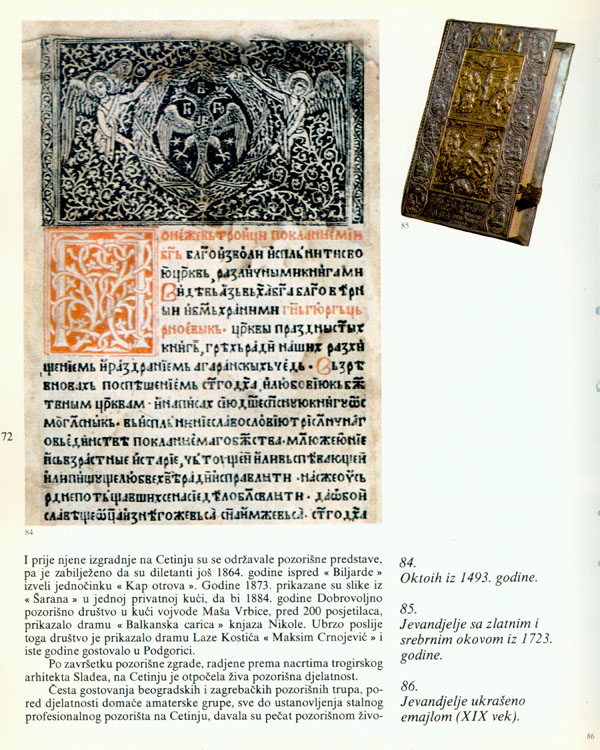
Above: The
first printed book by south Slavs so called "Octoih" was
printed in Montenegro in the printing press called "OBOD".
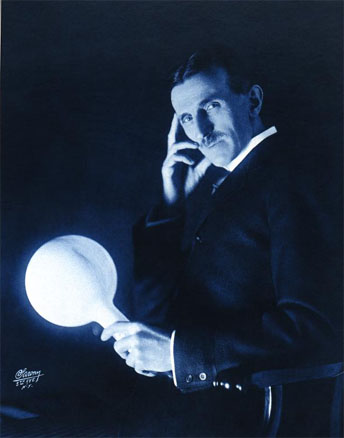
Nikola Tesla holding a gas-filled phosphor-coated light bulb which was illuminated without wires by an electromagnetic field from the "Tesla Coil".
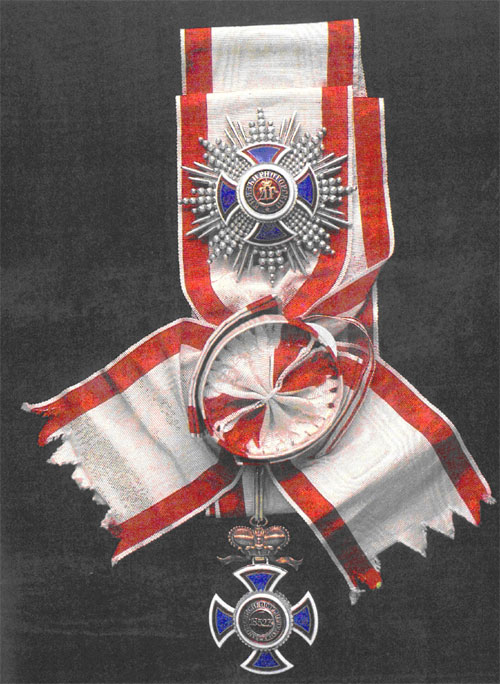
Above: The Order of Danilo given to Nikola Tesla by King Nikola of Monetegro in 1895.
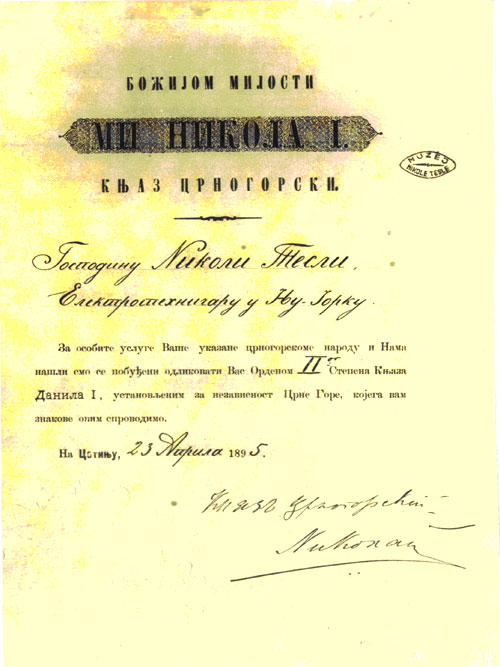
Above: The Diploma of the Order of Danilo in Cyrillic.
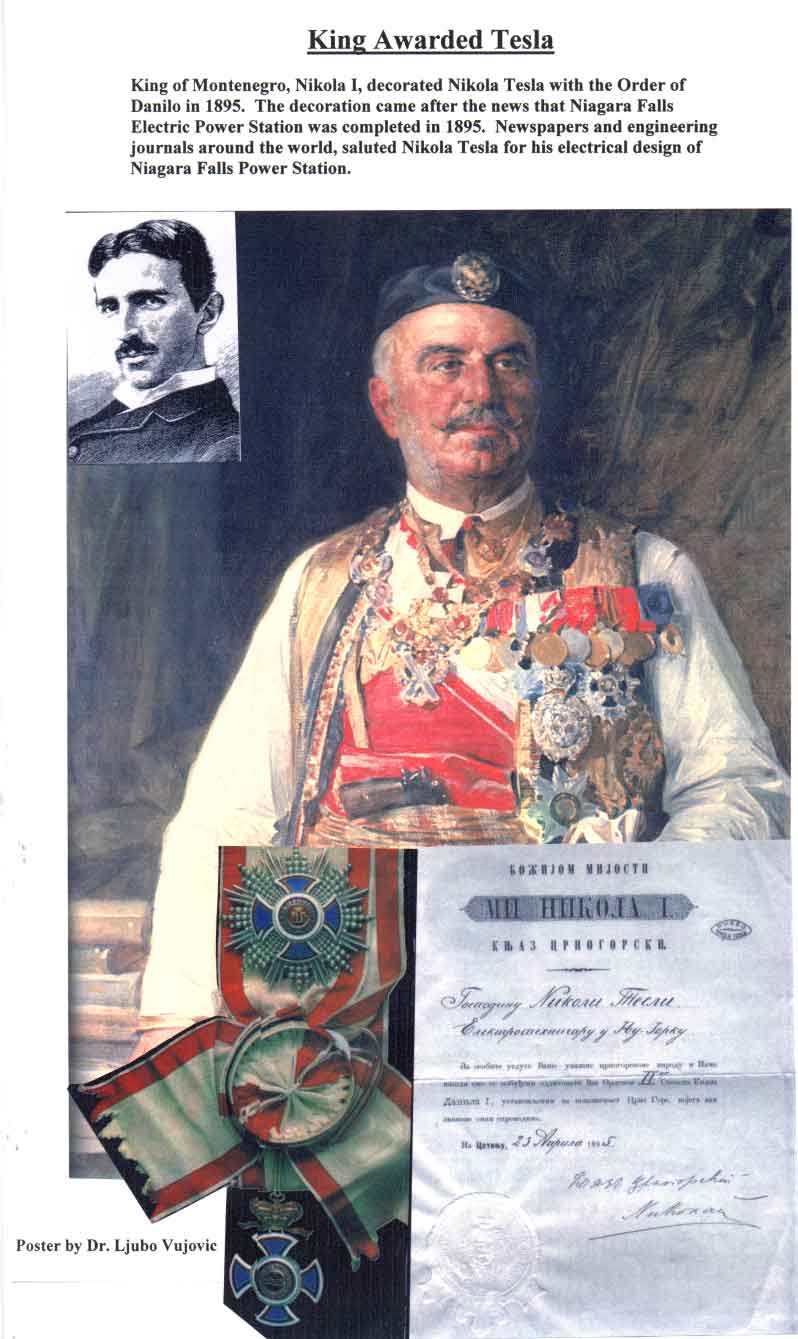
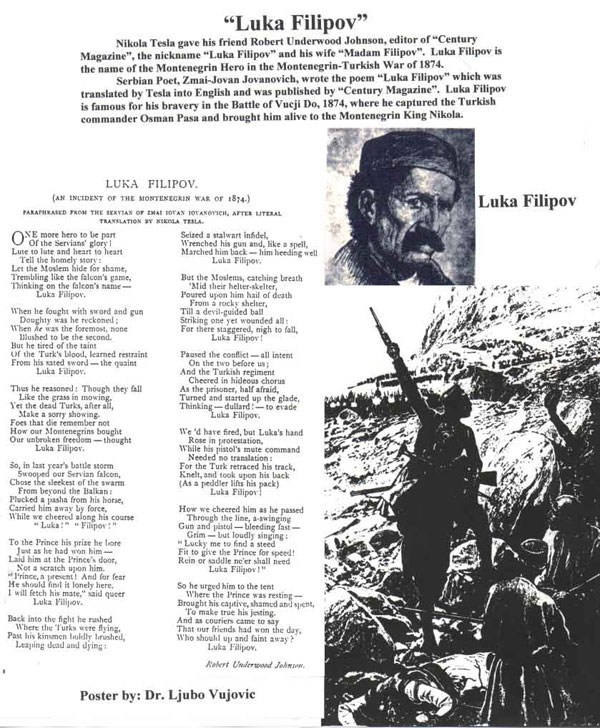
Nikola Tesla called his friend Robert Underwood Johnson, "Luka Filipov" and Madame Johnson, "Miss Filipov". Luka Filipov was a Serbian Montenegrin hero from the "Battle on Vucji Do" in Montenegro, 1876 between Montenegrins and Turks. Luka Filipov captured in the "Battle on Vucji Do" the Turkish commander Osman Pasa and brought him to the Montenegrin King Nikola Petrovic. Above his heroism in the "Battle on Vucji Do" the famous Serbian poet Zmaj Jovan Jovanovic wrote a poem called "Luka Filipov". Nikola Tesla translated the poem from Serbian to English and the poem was published in Century Magazine.
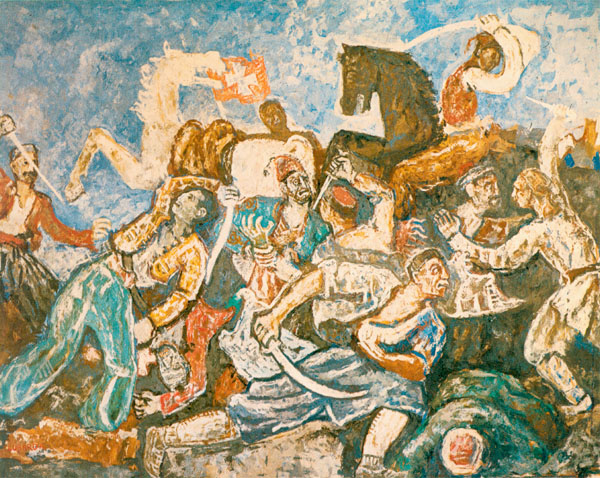
Above: Picture from famous Serbian artist Petar Lubarda, of the
Battle of Vucji Do in 1876. This battle was between the
Montenegrins and Turks, in Vucji Do
(translation: "Valley of Wolves") where the outnumbered Montenegrin Army
defeated the larger Turkish Army. After this battle, Montenegro
was recognized as an independent state by the Congress of Berlin in
1878.
During the Battle of Vucji Do, Luka Filipov, Montenegrin hero, captured
the Turkish Commander Osman Pasha and brought him alive to King Nikola
of Montenegro. Serbian poet, Jovan Jovanovic Zmaj, wrote the poem
"Luka Filipov" which Nikola Tesla translated into English. The
poem was published in Century Magazine.
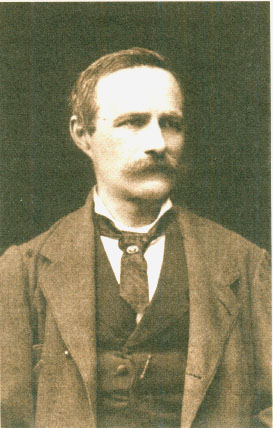
Above: Serbian poet, Jovan Jovanovic Zmaj, wrote the poem "Luka Filipov".
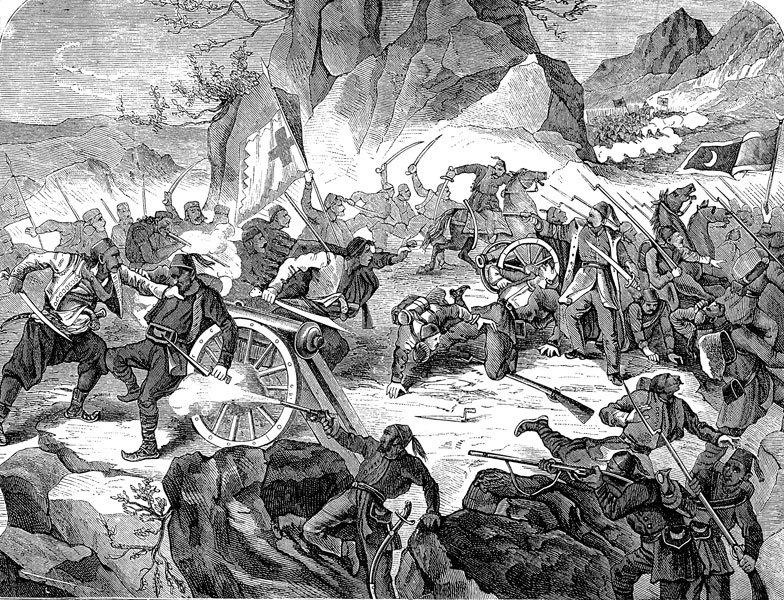
Above: Battle of Vucji Do (18 July 1876). Image from Wikipedia.
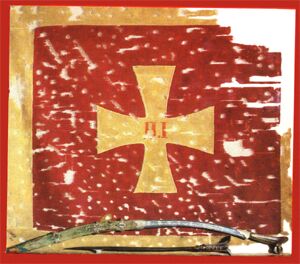
Above: Montenegrin Flag full of bulletholes from the Battle of Vucji Do (18 July 1876). Over the course of one day, several Montenegrins were killed carrying this flag on the battlefield. Image from BalkanForum.info.